Content

Popular metal wastewater treatment technologies today
Update: 25/11/2022
Share:




Common Technologies for Treating Metal Wastewater
1. Chemical Precipitation
Mechanism
The chemical precipitation method for treating metal wastewater involves adding chemicals to promote the precipitation of dissolved metal ions, which are then filtered out. The most common method is hydroxide precipitation, where heavy metal ions form insoluble hydroxides when the pH is raised using chemicals like NaOH or Ca(OH)2.
Substances like phenol, iron, organic polymers, and salts can be added to accelerate the precipitation process, with pH playing a significant role in metal ion precipitation.
Evaluation
Advantages
- Simple and easy to apply with common materials.
- Effective treatment for multiple metals simultaneously.
Disadvantages
- Requires filtration or sedimentation due to significant precipitate generation.
- Challenges in adjusting water pH with alkaline solutions.
- Efficiency reduction with complexing agents present.
- Potential toxic gas formation in acidic environments.
- Gelatinous precipitates can hinder filtration and separation.
2. Adsorption Method
Mechanism
This method involves absorbing heavy metal ions on adsorbents' surfaces using materials like activated carbon, zeolite, or biological adsorbents.
Adsorption occurs through electrostatic attraction or chemical reactions between metal ions and adsorbent sites.
Evaluation
Advantages
- Effective at low metal concentrations with high selectivity.
- Simple application with various filtering materials.
Disadvantages
- Relatively high treatment costs.
- Periodic replacement or regeneration of filtering materials required.
3. Ion Exchange Technology
Mechanism
This method uses resin beads for ion exchange with metal ions in water, pushing ions with the same charge out of the water source.
Evaluation
Advantages
- High treatment efficiency with simple implementation.
- Small treatment range and no secondary wastewater generation.
Disadvantages
- Suitable for small water treatment systems.
4. Electrochemical Method
Mechanism
This method separates metals from wastewater by passing a direct current through electrodes containing heavy metals, effectively treating suspended metals.
Evaluation
Advantages
- Applicable in various wastewater treatment systems.
- No chemical usage, maintaining water source properties.
- Environmentally safe.
Disadvantages
- High electricity consumption.
- Best for high metal concentrations.
- Incomplete removal of suspended metal ions.
5. Biological Technology
Mechanism
Uses microorganisms to accumulate heavy metals, such as algae, fungi, bacteria, or certain plants, for removing heavy metals from water.
Evaluation
Advantages
- Ability to treat high-concentration heavy metals.
- Low application costs.
Disadvantages
- Requires a large facility area.
These are the common technologies for treating metal wastewater. Users should choose based on project needs and expert advice for the most suitable solution.
Update: 25/11/2022
Share:




Related news
Test3
Created at: 20/01/2025

How to effectively treat cloudy pool water, the right way
Understanding the ways to treat cloudy pool water to choose the most suitable method for the characteristics of the pool water, area, and usage needs is essential. Because each method has its own advantages and disadvantages, thorough research is needed to determine the optimal approach. The following article will provide detailed information on how to reduce cloudiness in pool water as follows:
Created at: 09/12/2023
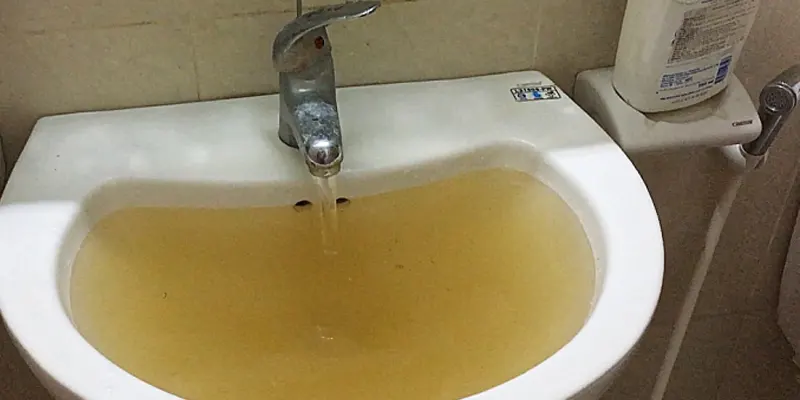
Top 5 simple and effective ways to treat Manganese in water in 2024
Handling manganese in groundwater is extremely necessary. Because manganese not only affects the aesthetics, quality of the water source, but also human health, especially the nervous system. So, what methods help effectively treat manganese, let's find out in the article below.
Created at: 15/08/2023






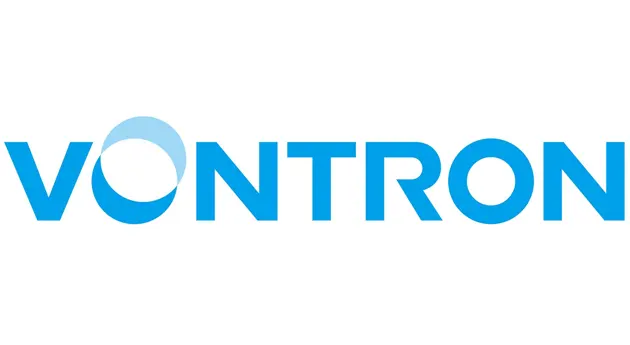
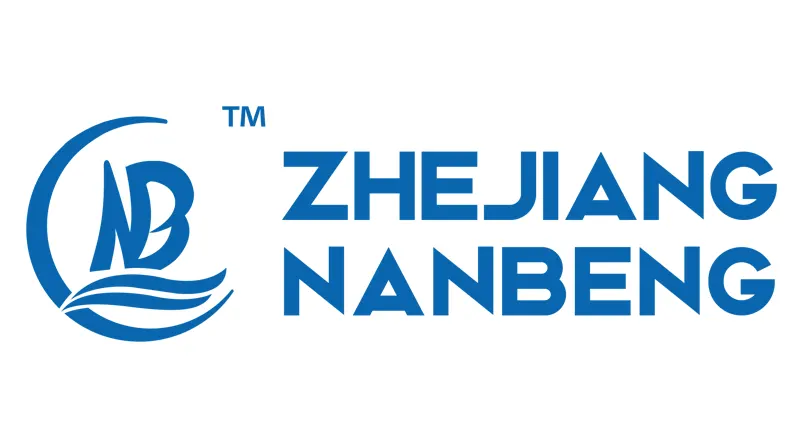


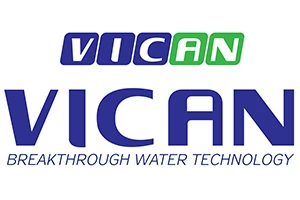






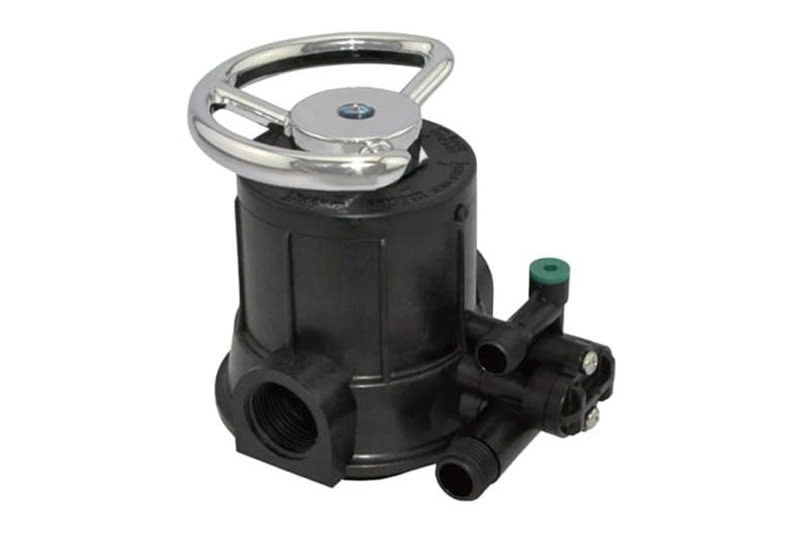
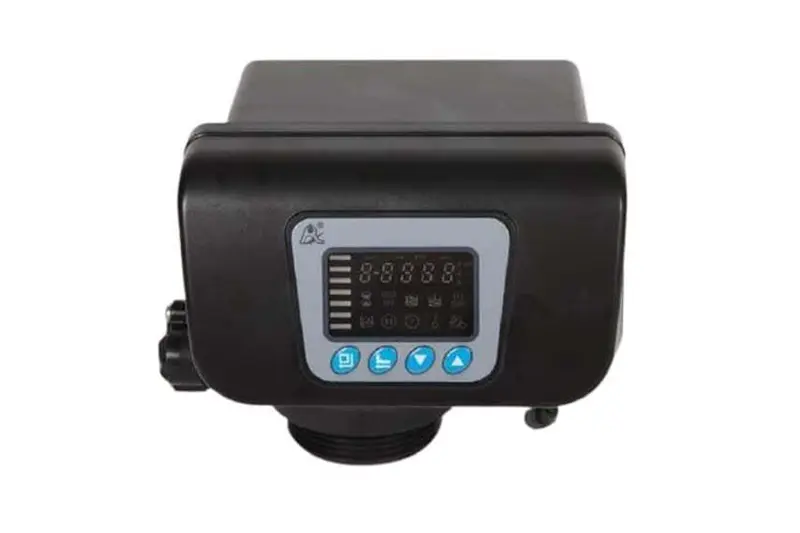




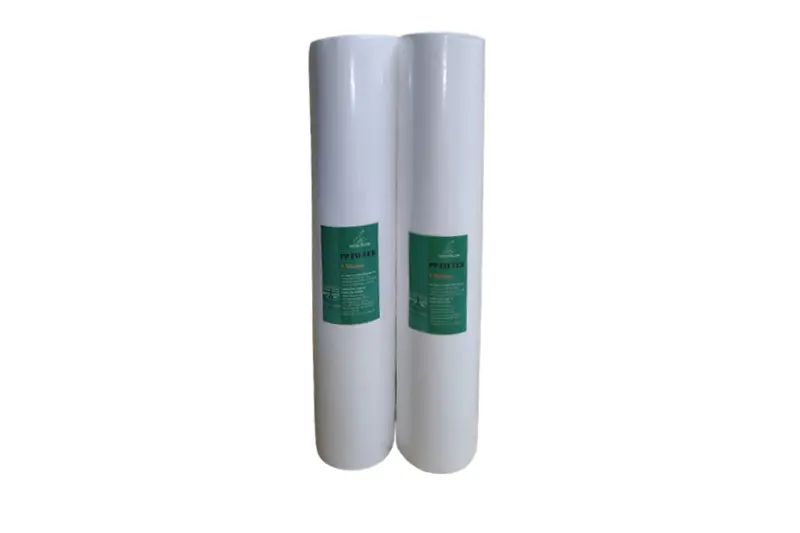



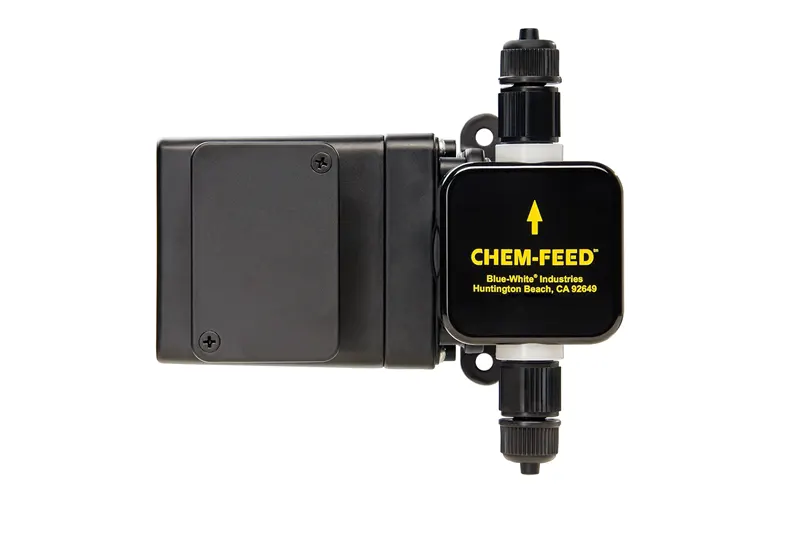
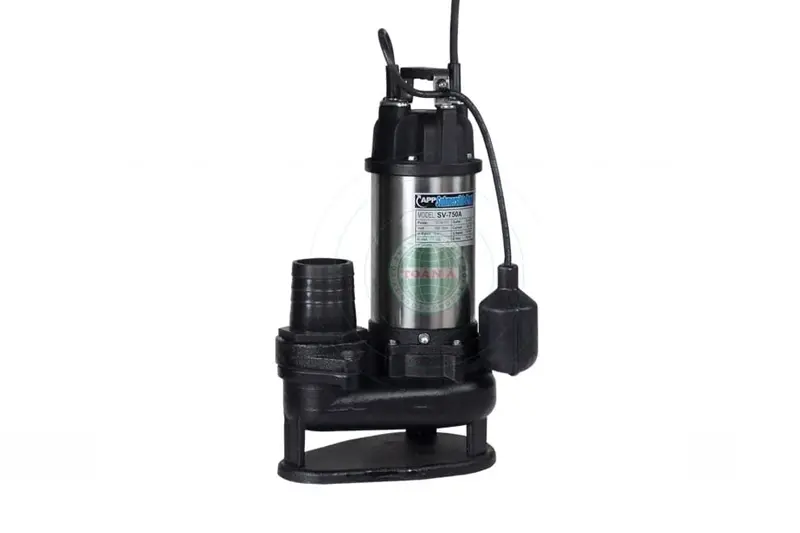



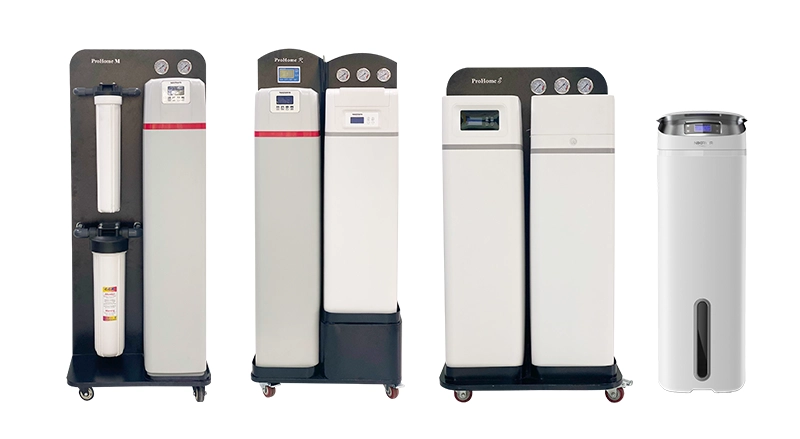
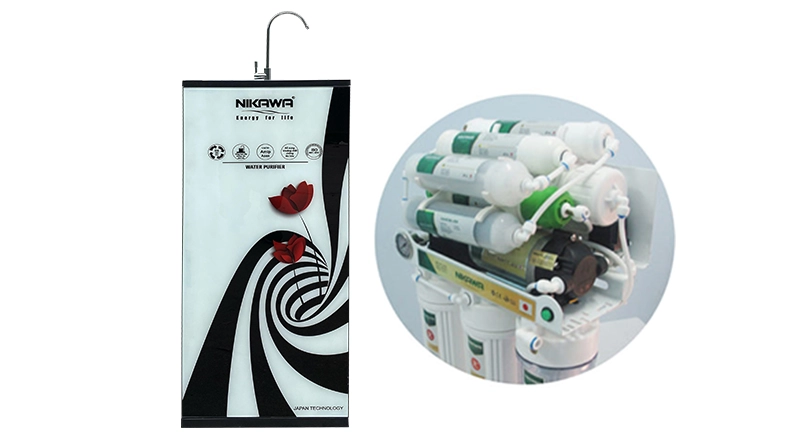
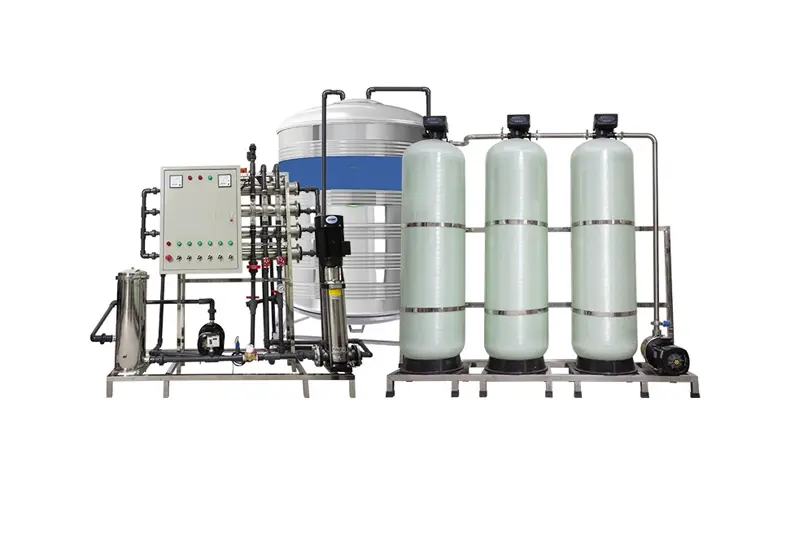
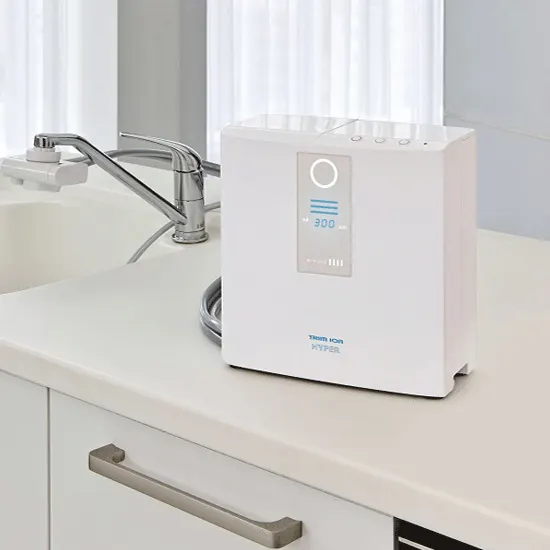
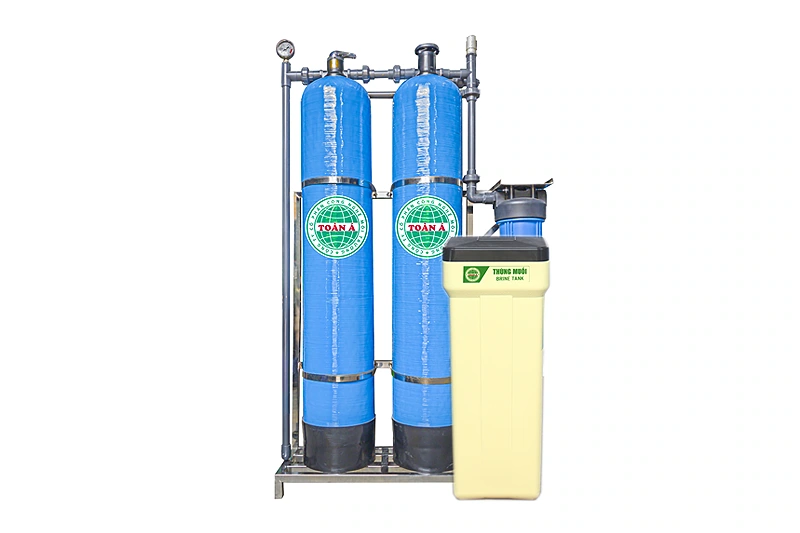


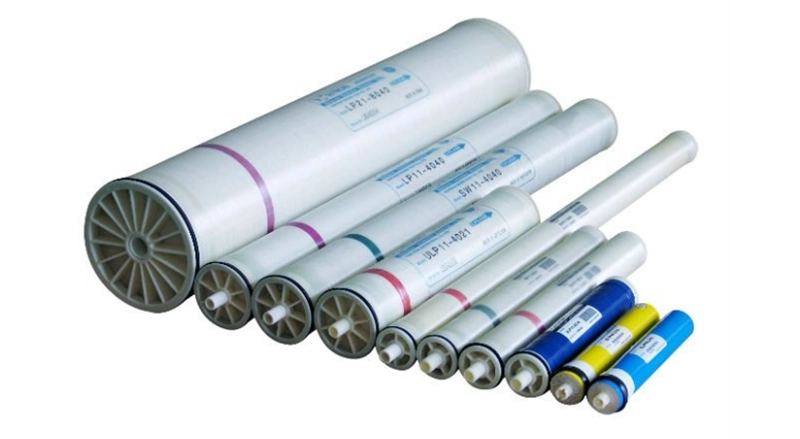
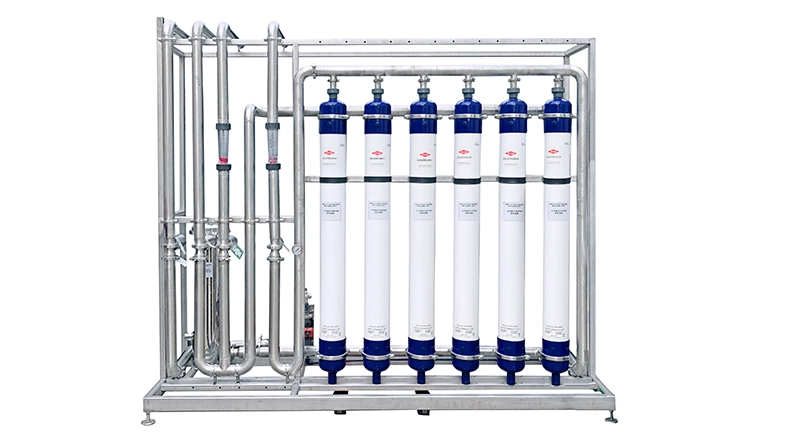


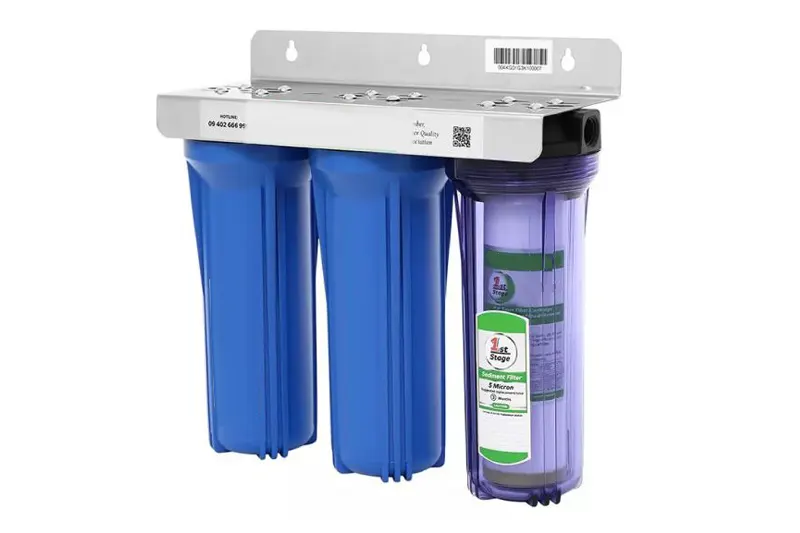

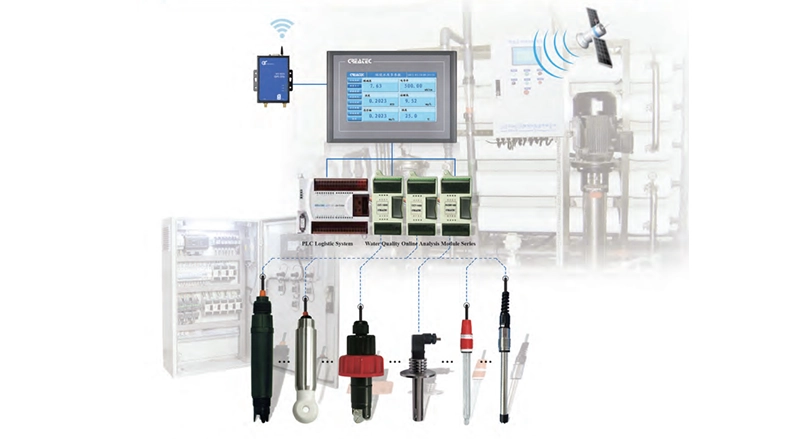
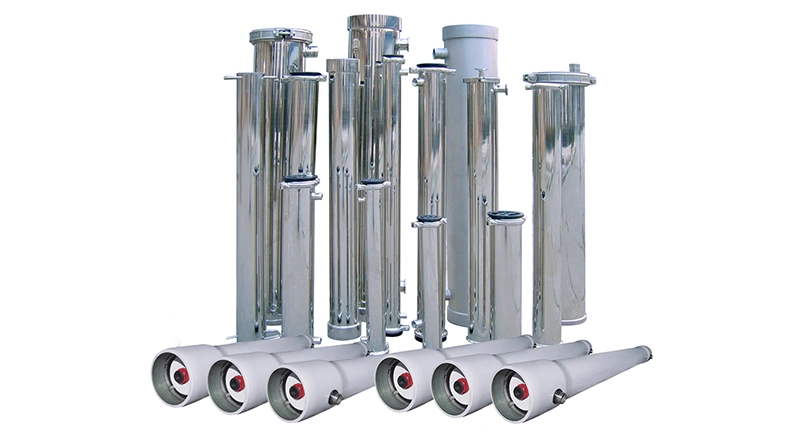
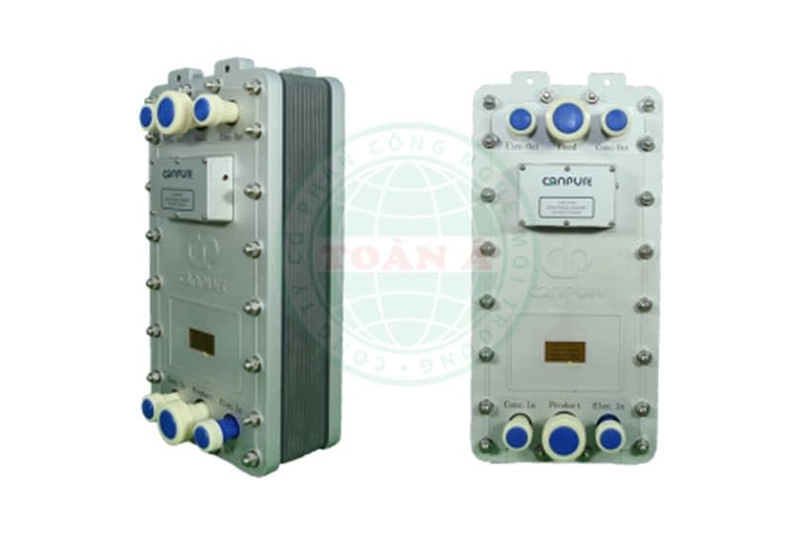
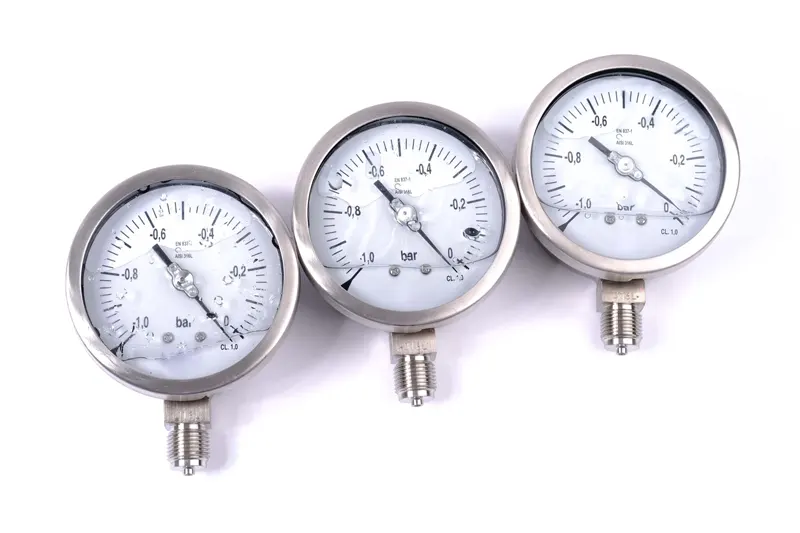
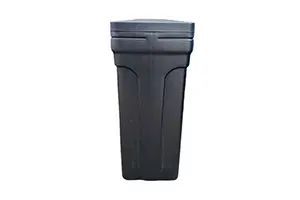


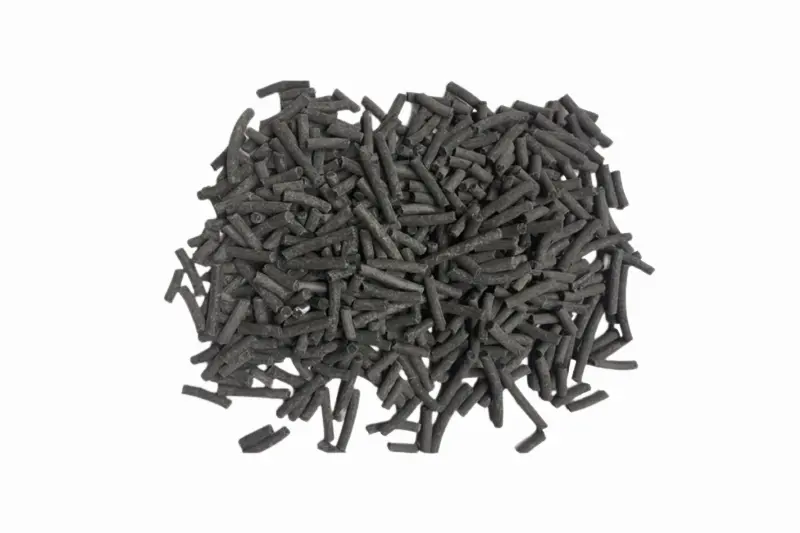
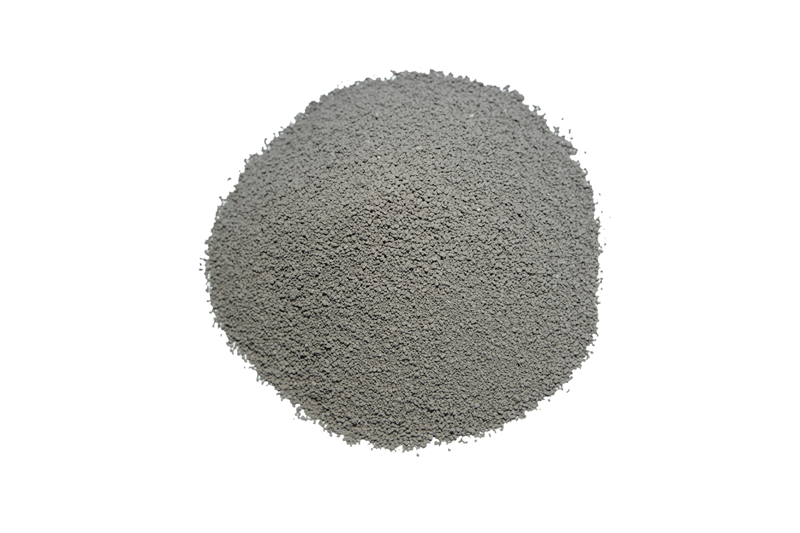
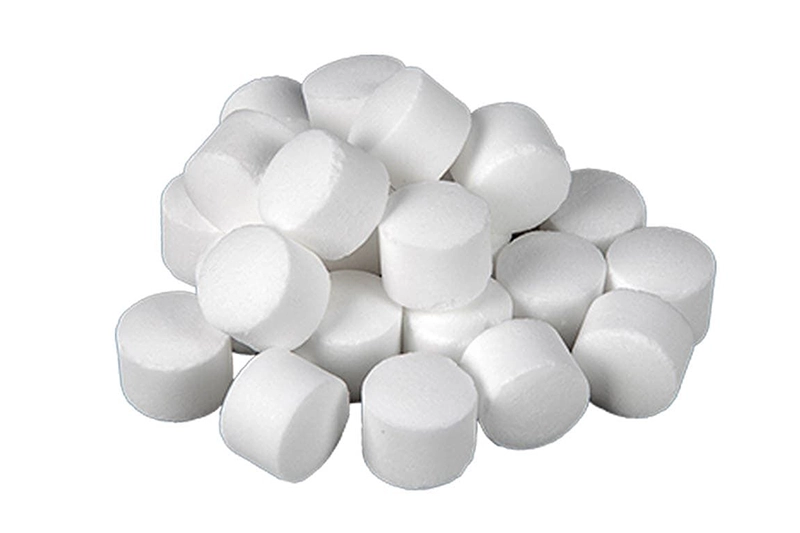
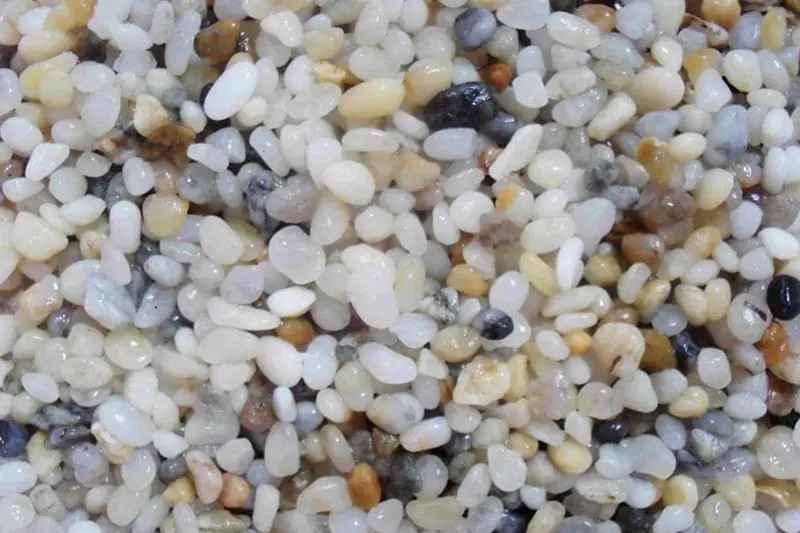
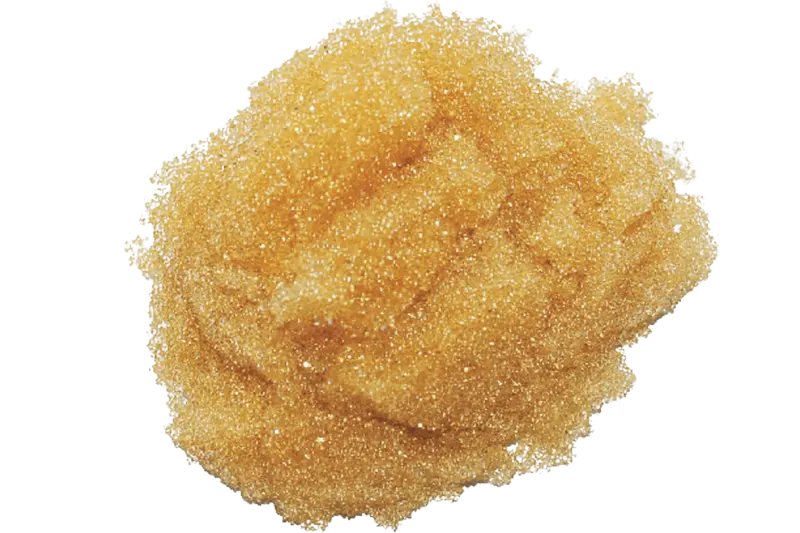








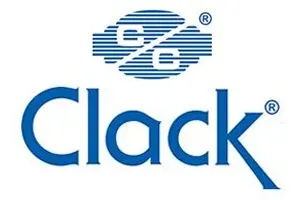
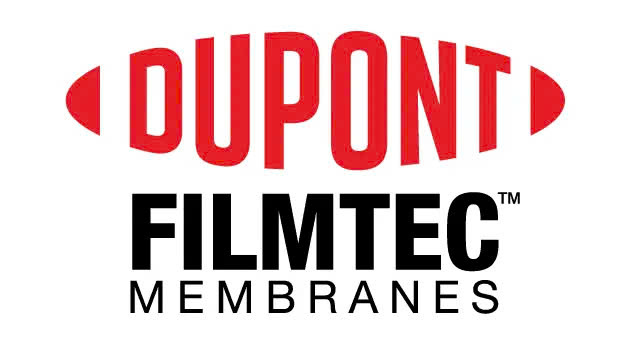
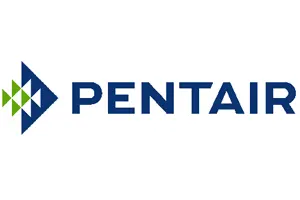
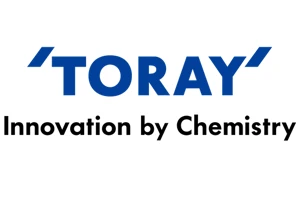

 Water Filter Columns
Water Filter Columns
 Water Filtration Membranes
Water Filtration Membranes
 Control Valves
Control Valves
 Water Filter Cartridges
Water Filter Cartridges
 Water Pumps
Water Pumps
 Water Filtration Equipment
Water Filtration Equipment
 Water Filtration Components
Water Filtration Components
 Water Filtration Materials
Water Filtration Materials
 Heat Pump Water Heaters
Heat Pump Water Heaters



 Products
Products  Solutions
Solutions  Project
Project  News
News